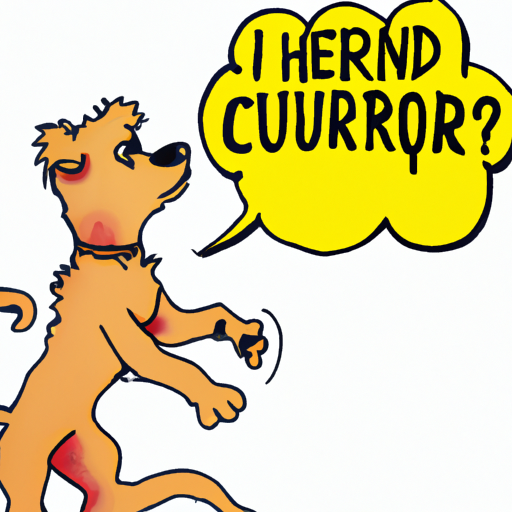Introduction
As a dog caregiver, you’ll notice that your furry friend has a unique language all their own. One of the most common displays of affection you’ll experience is when your dog paws at you. While it’s endearing and often brings a smile to your face, have you ever wondered why they do it?
Understanding Your Dog’s Behavior
To understand why your dog paws at you, it’s important to remember that dogs are pack animals. In the wild, wolves, the ancestors of our domesticated dogs, use physical touch to communicate. Your dog is tapping into these instincts when they reach out to you with their paw.
- Seeking Attention: Just like a child tugging at your sleeve, your dog might paw at you to get your attention. They might need something like food, a walk, or just a bit of affection.
- Initiating Play: Dogs are playful creatures. If they’re pawing at you, it might be their way of inviting you to play with them.
- Expressing Affection: Dogs can’t hug or kiss like humans, but they can paw. They might be trying to show you love and affection this way.
- Showing Submission: In the wild, wolves would paw at the alpha to show submission. Your dog might be doing the same to acknowledge that you’re the leader.
How to Respond to Your Dog’s Pawing
You’ll want to tread carefully here, especially if you’re dealing with a younger dog. Encouraging pawing behavior can lead to them thinking it’s acceptable to do it all the time. Here’s how you can respond:
- For Attention-Seeking Pawing: Give them what they need, but train them to display more appropriate behavior for your attention.
- For Playful Pawing: Engage in a quick game, but again, train them to initiate play in a less disruptive manner.
- For Affectionate Pawing: A gentle rub or a hug back is a great response. It’ll make your dog feel loved and cherished.
- For Submissive Pawing: A reassuring pat or a kind word can make your dog feel safe and secure.
Preventing Unwanted Pawing
Sometimes, pawing can become a nuisance, especially if your dog is large or has sharp nails. Here are some steps you can take to prevent unwanted pawing:
- Train Your Dog: Teach them alternative behaviors like sitting or lying down for attention.
- Ignore Unwanted Behavior: If your dog paws at you, don’t respond. They’ll learn that pawing doesn’t get them what they want.
- Positive Reinforcement: Reward your dog when they display the behavior you want, this will encourage them to repeat it.
FAQ
Q: Why does my dog keep pawing at me?
A: Your dog might be seeking attention, wanting to play, showing affection, or displaying submission.
Q: How can I stop my dog from pawing at me?
A: You can train your dog to display other behaviors, ignore them when they paw, or use positive reinforcement.
Q: Is pawing a sign of affection from my dog?
A: Yes, pawing can be a way for your dog to express affection.
Q: Should I encourage my dog’s pawing behaviour?
A: While pawing can be endearing, it’s best not to encourage it as it can lead to unwanted behaviors.
Q: Why does my dog paw me and then lie down?
A: This could be a sign of submission or an invitation to play.
In conclusion, your dog’s pawing behavior is a complex mix of instinctive and learned behaviors, all aimed at communication. As a caregiver, understanding and appropriately responding to this behavior can enhance your bond with your furry friend.



